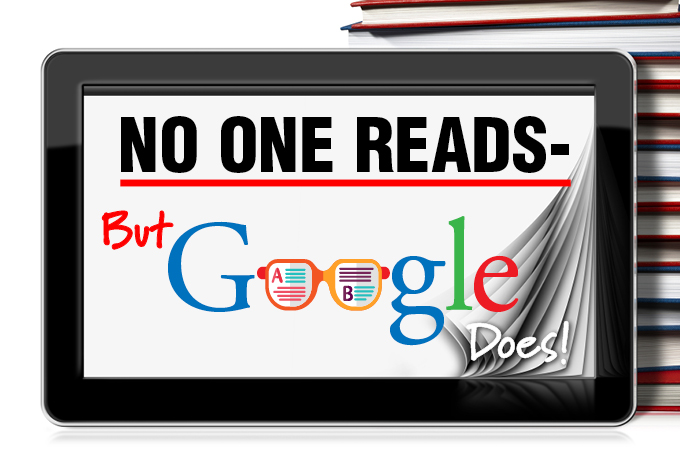
My Intro to Buyers Personas
May 31, 2016
No One Reads – But Google Does
June 14, 2016Slotting Fees – The Expensive Battle for Shelf Space


Everyday, consumers venture into their local bookstores, brand-name-apparel retailer, electronic merchandiser and auto-part stores. In the consumers mind, they graze the aisles looking for a product that catches their attention. However, little is known about the cost it takes to grab the customer’s attention.
According to the Federal Trade Commission, slotting fees are one-time payments a supplier makes to a retailer as a condition for shelf placement. When retail shelves become empty, storeowners often wait for the “renter” to fill the space.
There are an estimated 1,200 to almost 16,000 new product introductions per year. With the emergence of new products, retailers have long used slotting fees to reduce the risk of a new product launch. These slotting fees however do not include additional advertising and promotional allowances that may also be required by the Retailer. Slotting fees are relatively high especially for new and smaller manufacturers—making it difficult to stay in business and keep up with other retail giants. According to the Journal of Business Ethics, some retailers require a flat fee of $5,000 per product introduction, while some have fees designated towards where the product is located. If you are thinking of placing a product at eye level, think again, it will cost you more. Not to mention hefty charges just to discuss adding a new product to the retail chain, known as a presentation fee.
“In some cases, the total dollar amount of slotting allowances reported for a particular product category in a particular metropolitan area was more than the category’s new product revenue in the first year”. –Federal Trade commission
Along with having to pay industry fees, small retailers face additional challenges: bigger brands have been known to replace other firm’s promotional advertisements with their own. One company might spend hours putting up a product display, only to find out their competing brand was there the next day taking it down and filling it with theirs! Failure fees are another expense brands might expect to pay if their product doesn’t sell. The retail industry is a very tough industry to survive in, as fees add up many brands are backing down.
At the other end of the spectrum, if a product doesn’t sell the retailer has to deal with the markdowns and inventory disposal fees. Slotting fees or failure fees are a way for retailers to make up on missed sales of product, and also ensures retailers are paid for their labor costs.. So how do slotting fees still exist in the market with so much controversy and expense? ? In 2000, the Federal Trade Commission did get involved when like brands were paying different fees based on the “supplier”. You can find a full report on slotting allowances in the retail grocery industry here.
As a small manufacturer, one of your best resources to profitably getting onto store shelves is your distributor. Specialty food distributors have developed long-standing relationships with Retailers and work hard to ‘guarantee’ the products they distribute will deliver a profitable return on the shelf space. And not all retailers are big bullies – many will waive fees and reduce allowances to help the smaller – and promising – suppliers get started.
At Custom Direct, we’re well aware of the many challenges a small manufacturer faces when attempting to introduce their products in the marketplace. We work hard to produce innovative packaging design to catch your customer’s attention, no matter where your product sits on the shelf.
Do you think slotting fees are necessary? We’d love to hear more about your products and your experience with slotting fees.


